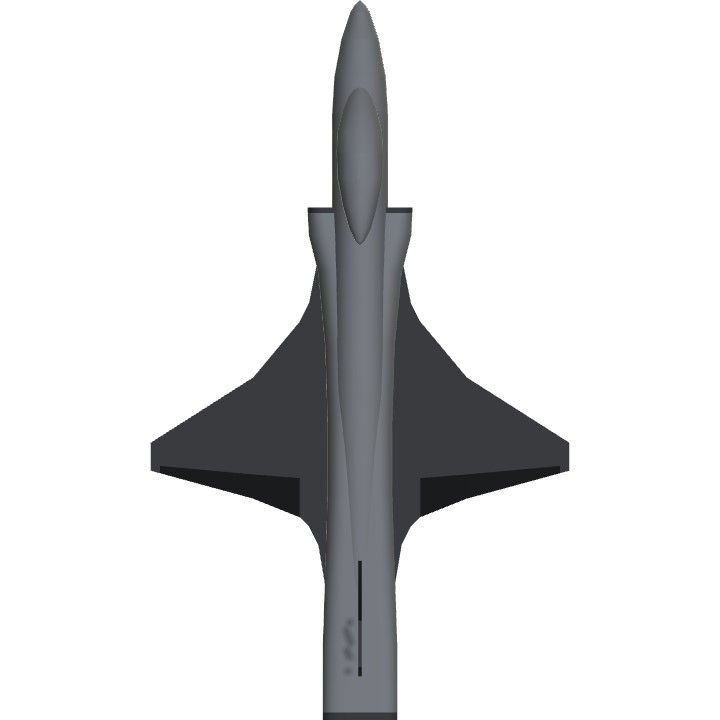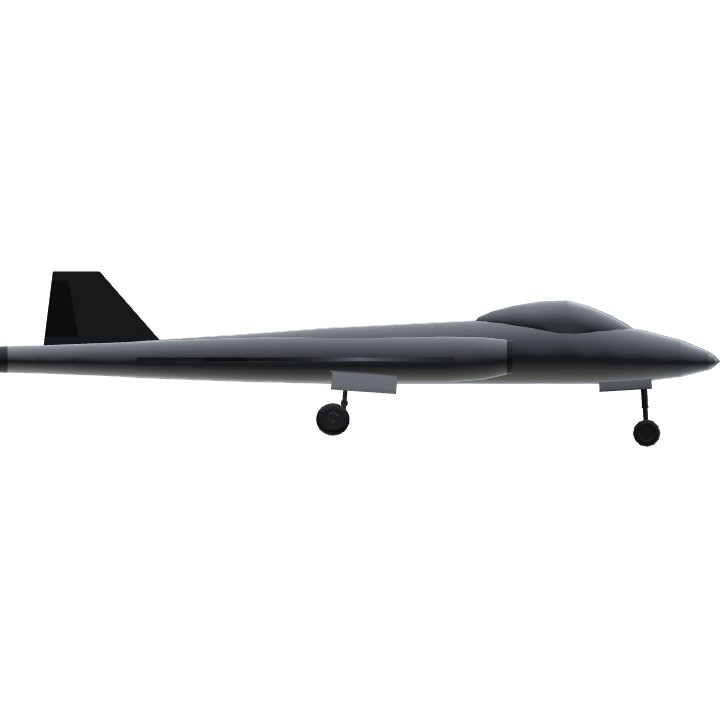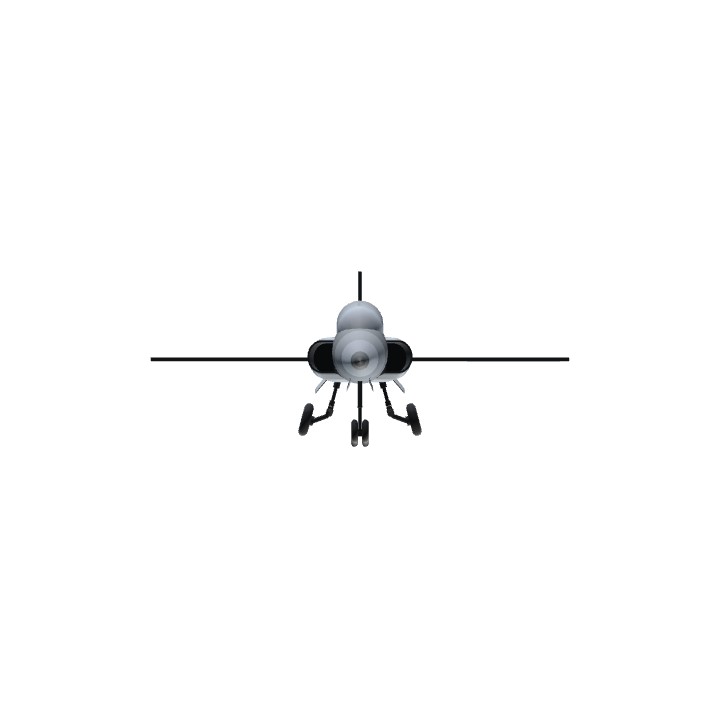I thought this up while I was at work today: Would it be feasible for an airplane to properly function without horizontal stabilizers?
Well, here's the answer.
This airplane flies nearly identically to your normal airplane with its conventional layout. The main difference is the lack of horizontal stabilizers. The airplane's pitch control comes entirely from the 2 jet engines strapped to the back of the airplane through thrust vectoring.
I can think of many positives to this, including less drag, higher efficiency, much more agility, and lower maintenance costs.
All this comes with the only downside being the apparent lack of stability, and the requirement for a higher landing speed due to the requirement of thrust during landing.
That being said, this little bugger can still take off at 100 knots and can land at around 130 knots if you are a very skilled pilot. Those speeds are similar to many military aircraft that currently fly with conventional layouts.
If you so choose to take the task to fly this yourself, I must warn you it is very easy to tail strike on takeoff, and also it is very easy to get into a spin if you do a high power turn too slow. However I designed it so that a spin, should it begin high enough in the air, is easily recoverable with some throttle, some down pitch, and some rudder. If you figure out how to fly this, you can do some insane stunts with it that the F-22 would envy.
Another thing to note is that you must always fly with at least 15% throttle to maintain pitch authority. Thankfully that is enough to take advantage of SimplePlane's drag physics to slow you down to a good slow speed.
Controls:
VTOL: Flaps
Other controls are as normal.
Specifications
General Characteristics
- Created On Windows
- Wingspan 36.6ft (11.1m)
- Length 63.4ft (19.3m)
- Height 15.3ft (4.7m)
- Empty Weight 13,440lbs (6,096kg)
- Loaded Weight 15,633lbs (7,091kg)
Performance
- Power/Weight Ratio 0.431
- Wing Loading 39.7lbs/ft2 (193.6kg/m2)
- Wing Area 394.2ft2 (36.6m2)
- Drag Points 4697
Parts
- Number of Parts 54
- Control Surfaces 5
- Performance Cost 348






@OrderlyHippo Yeah, can probably fix that with some control nozzles on the aft.
I know this is old, but one thing to notice is the safety factor. If you run out of fuel mid flight, there's no way to land. Maybe with BIG parachutes, but still no control of where the craft will end up.
SIMP-PLANES.
I have one answer to your question: Boeing X-44 Manta